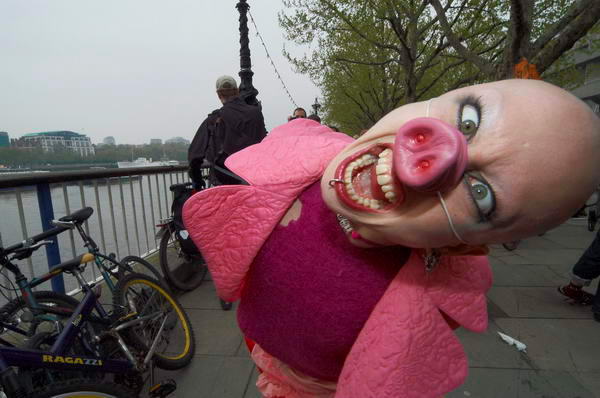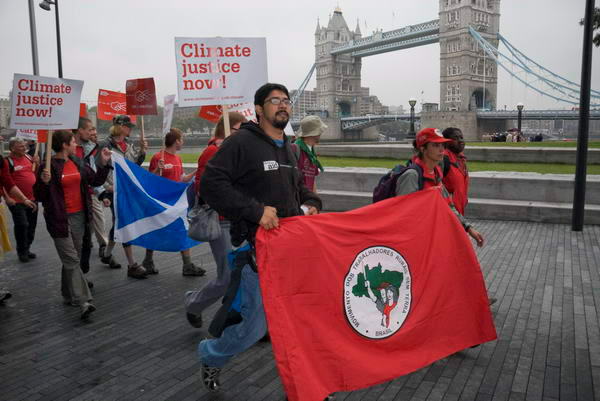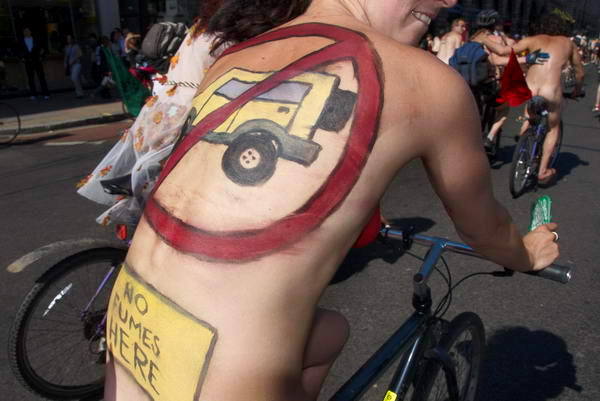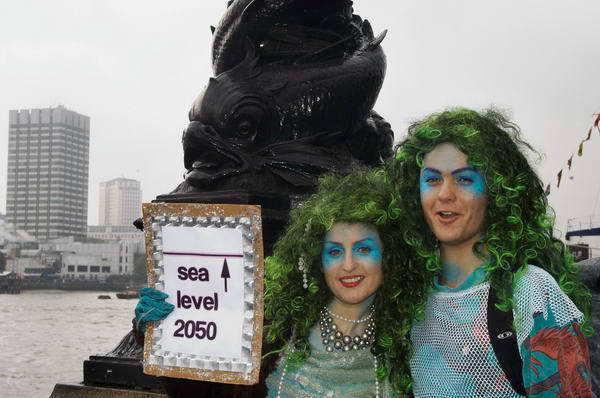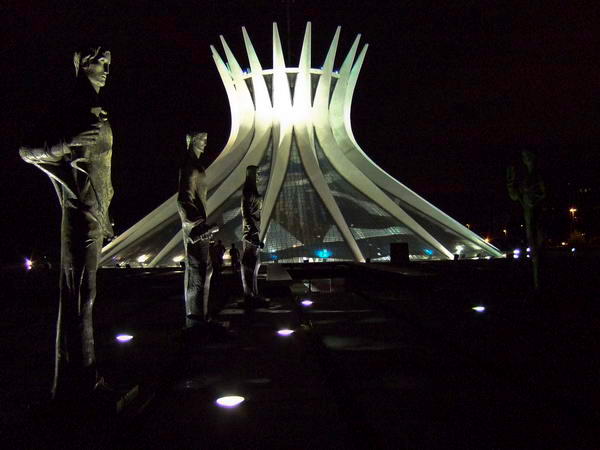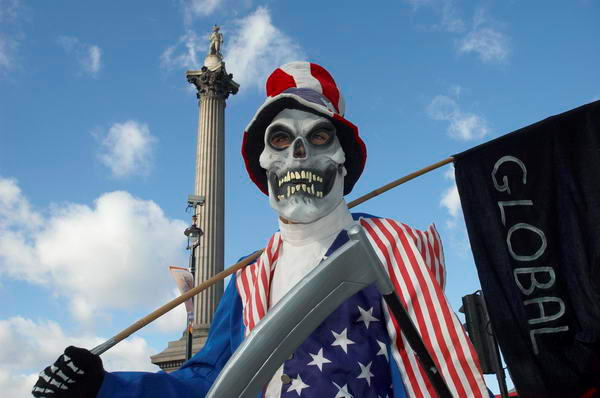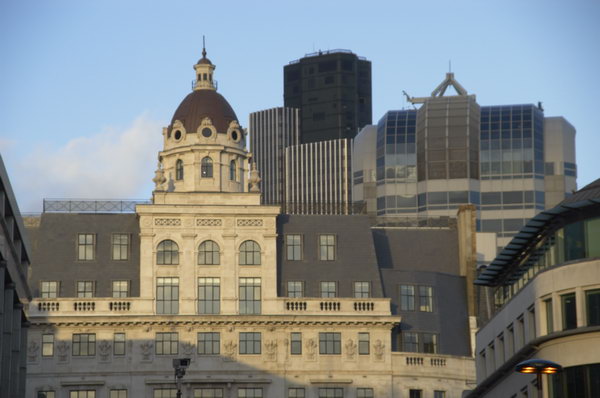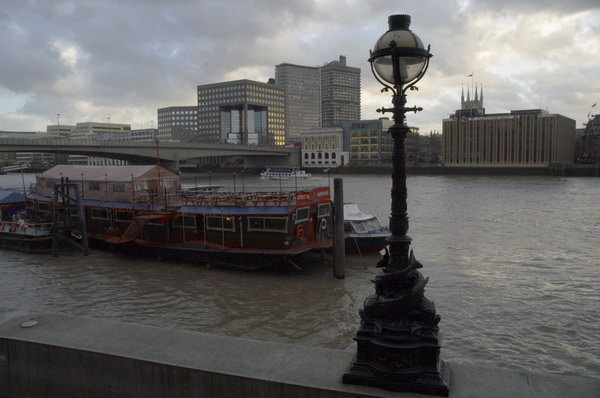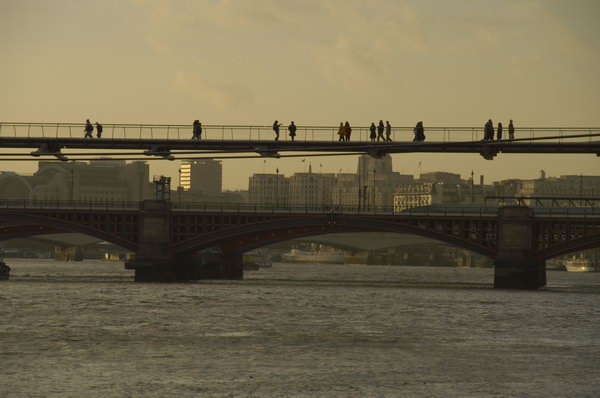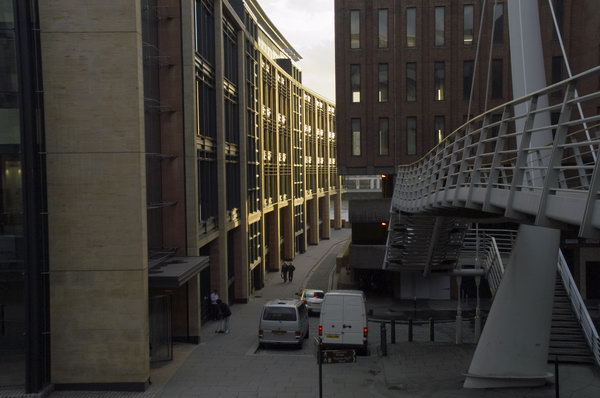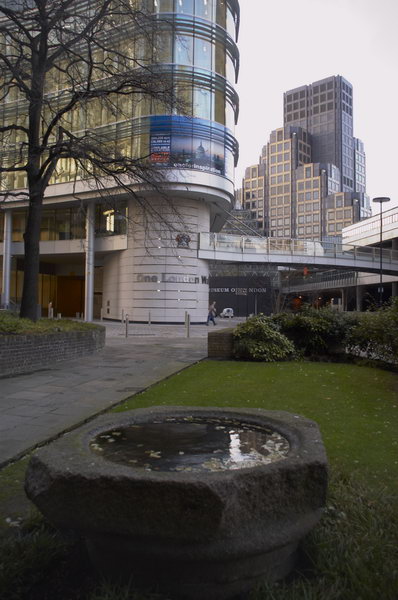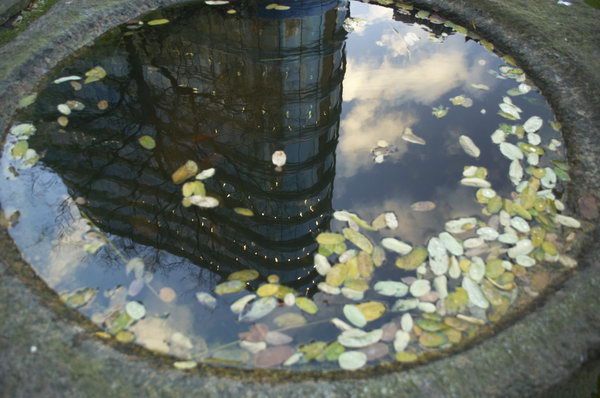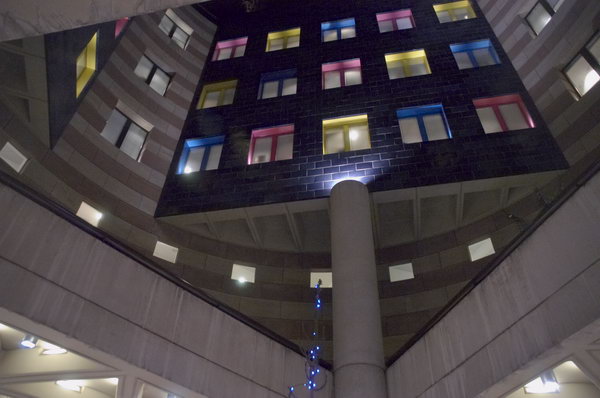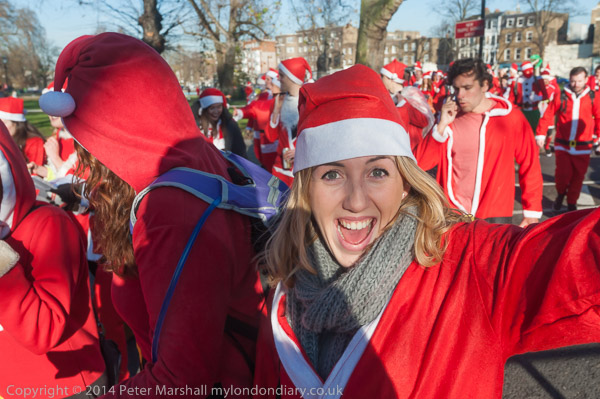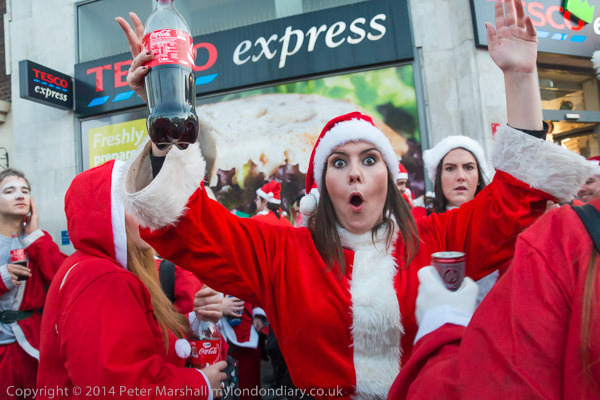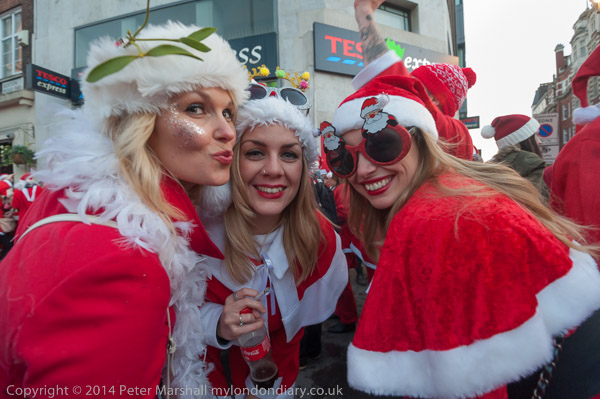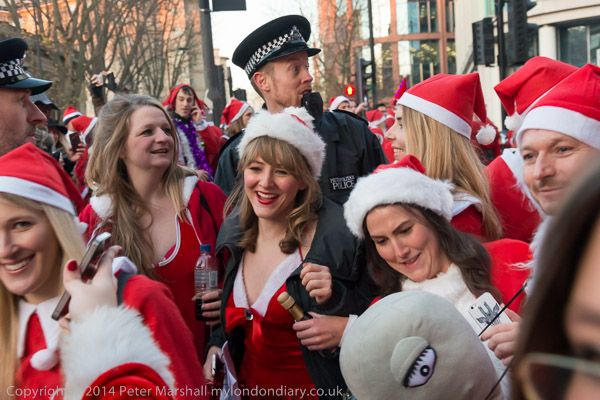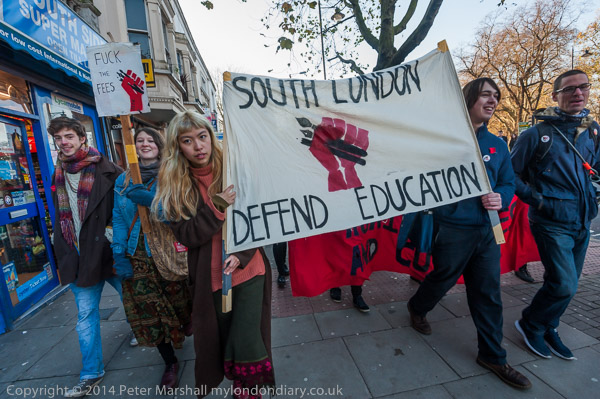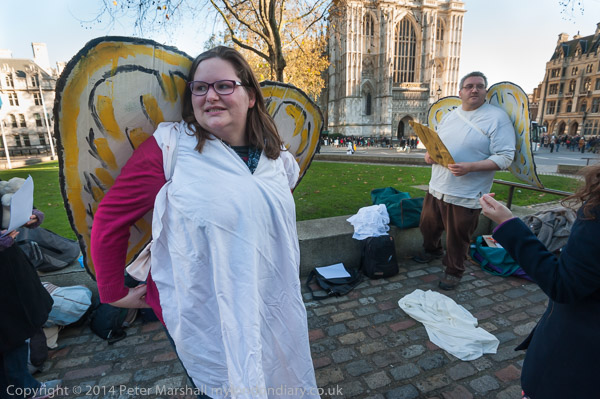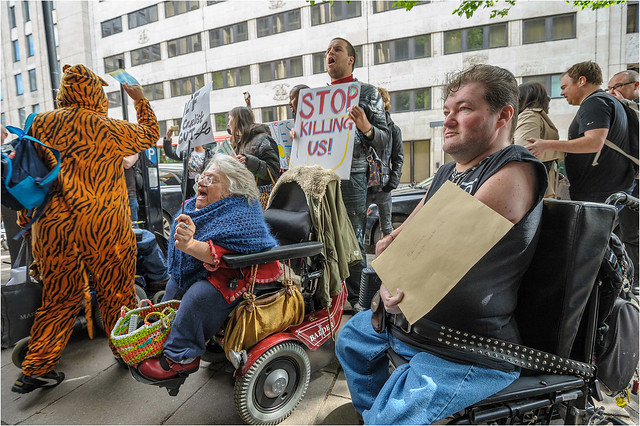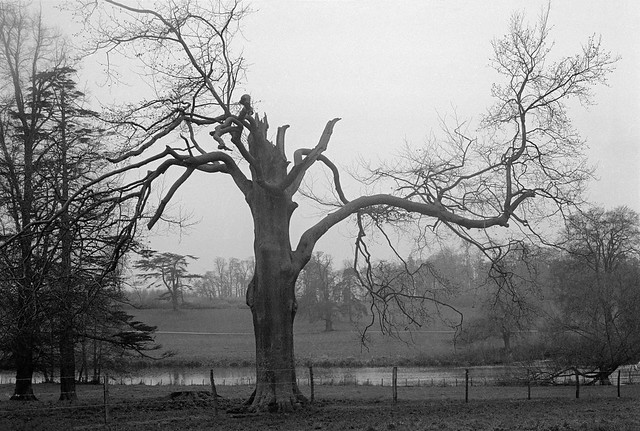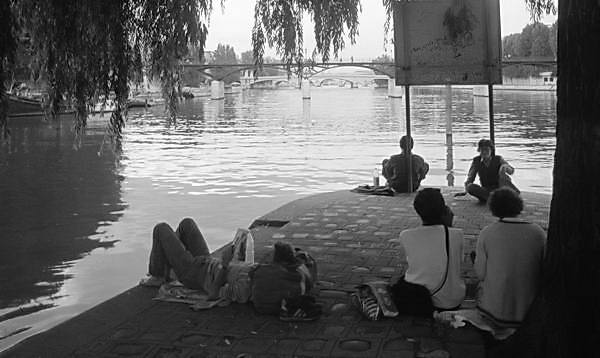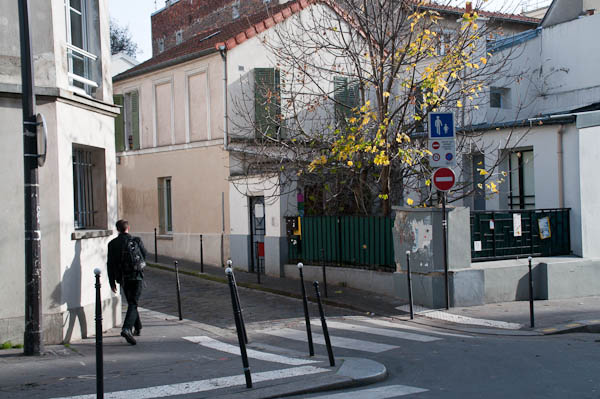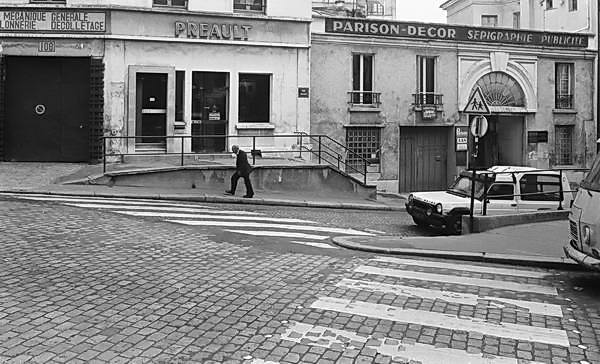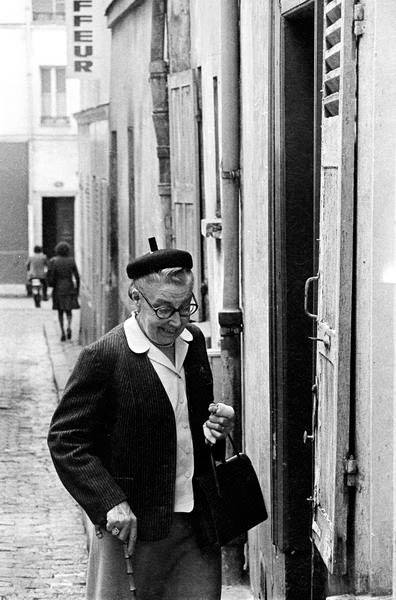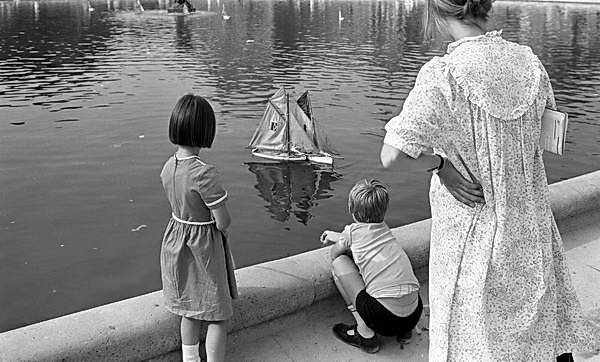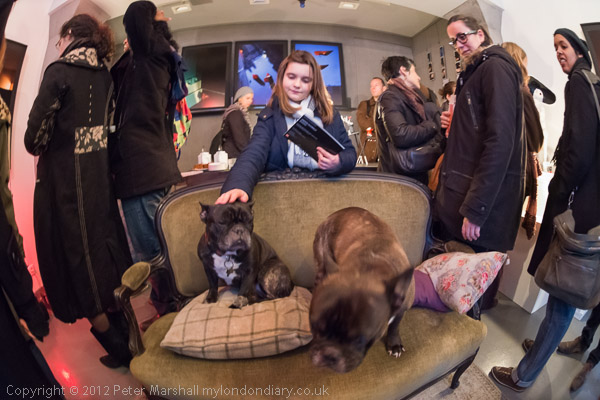Some time last Saturday (19th December 2020) the total number of views of my photographs on Flickr passed the two million mark. Of course I have rather a lot of pictures on show, precisely 11,236 at the moment, so that’s only an average of around 178 views per picture if my arithmetic is correct.
Most of those 2 million views have been this year. Until the start of December 2019 I only had a free Flickr account which I had been required to set up to join a web forum, with a total of about 100 pictures on it. I set up a paid account and began uploading pictures seriously on December 3rd 2019, wanting to find a better way to share pictures with a wider public than my various web sites.
I looked at several alternatives, including Instagram before deciding to go with Flickr. I think Instagram would probably have provided greater visibility for my work, but I couldn’t find an easy way to upload large numbers of images. Flickr certainly isn’t perfect, and in particular those 2m views have largely been by other Flickr users rather than a more general public. But if you are thinking of using Flickr for showing pictures taken on film you may find my workflow described below useful.
It’s still taken considerable time to put over 10,000 images onto Flickr, but most of that time is in the digitisation of the negatives – now mainly using a Nikon D810 and a 60mm macro lens with the Nikon ES-2 adaptor which is far quicker than scanning – and their preparation.
Currently I import the photographs of the negatives into Lightroom, where I roughly crop off the borders and rotate them as necessary, rename them to my negative file numbers and use Negative Lab Pro to batch invert them to positives. I don’t really need NLP for black and white negatives, but it’s convenient and does a good job needing very little user intervention.
From LR I then export the original files to Photoshop for accurate rotation and cropping, and of course dust removal. Generally I’m finding that images digitised using the camera require less retouching than scanned images and except for some old negatives that are badly damaged this seldom takes more than a minute; using a cheap XP-PEN stylus and tablet makes this far easier and faster than a mouse. A Photoshop action does a little edge-burning to correct slight light fall-off at the edges, and to convert black and white images from 64bit colour to 16bit grey and I make any necessary slight adjustments to black and white points, curves etc before saving back as 16bit Tiff files to LR. These then become my master images and I remove the RAW files from LR, keeping them as a backup.
It’s taken me almost a year to work out the best way to add the Titles, Description and Tags for Flikr is to do this in LR – and you then have them available for other uses. The answer is of course metadata.
- The keywords you put into LR are picked up by Flickr as ‘Tags’;
- The IPTC Headline becomes the image title on Flickr (if the IPTC field is blank this defaults to the filename);
- The IPTC Description becomes the Description on Flickr.
Some of my descriptions are several hundred words, but so far I’ve not come across any limits on either IPTC or Flickr. It’s better to enter the data in LR, partly because it is a little easier to do, but mainly because you have a copy safely on your computer. The Flickr web uploader does occasionally freeze or crash and lose data which can be very annoying if you have spent several hours on getting a large batch ready. The only things I need to do in the uploader is to drag in the files, select them all and chose an album for them to go in. I also usually drag the files around into the order I want them to appear in the album (or rather its reverse as Flickr seems to do things back to front.)
Entering the data in LR also has the advantage that I have it with the pictures on my computer for when Flickr’s life comes to an end or changes in such a way that I no longer wish to use it.
To browse my work on Flickr you can start from any of these collections:
Black and White London
London Cross-Sections (1977-82)
Paris & France
Hull
Protests
Other Albums
All photographs on this and my other sites, unless otherwise stated, are taken by and copyright of Peter Marshall, and are available for reproduction or can be bought as prints.






